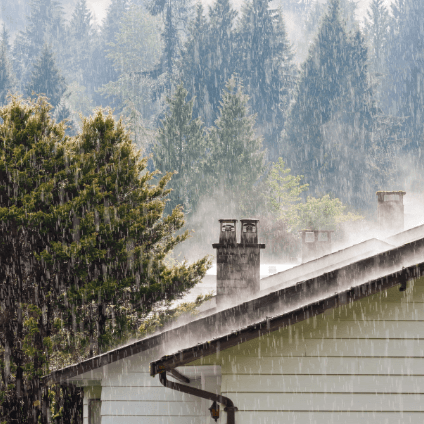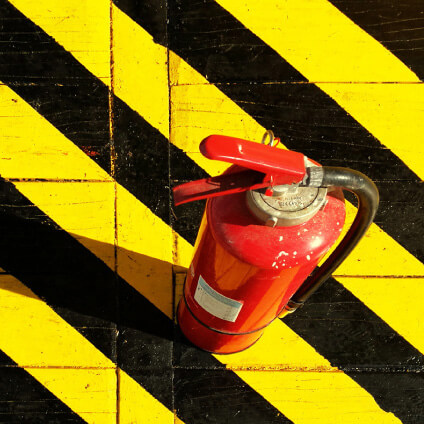Top 7 Things You Can Do to Make Your Home More Efficient

Although older homes more commonly need an energy efficiency tune-up, even newer homes can benefit from a checkup that may save money. You won't know where your home stands until you do one of two things. Either call and arrange for a free consultation with an energy professional from your utility company, or go to the Environmental Protection Agency (EPA) Energy Star website where you can use their “Home Energy Yardstick” feature.
Whichever method you choose, your goal is to understand how to improve your home's energy efficiency using the following seven energy saving steps:
1. Inspect your home for energy leaks.
The first step to make your home more energy efficient is to identify spots where you feel cold air seeping inside. Check around doorways and windows in every room, including the attic and basement, to prevent heat loss. Caulk small holes in wood and replace weather stripping where needed.
2. Use insulation for improved energy efficiency.
Another heat loss heavyweight is an attic without proper insulation. Without energy efficient insulation on your attic floor,walls, and ceiling, and your basement ceiling, you're wasting precious heat. According to the EPA, when you prevent the invasion of cold air by plugging up holes and insulating properly, you can save up to 10 percent yearly on your energy bills.
3. Seal ducts to prevent heat loss.
Forced air and cooling systems use ducts to transfer hot or cold air around the inside of your home. The EPA estimates that in most homes about one-fifth of this air escapes through tiny leaks. Prevent this expensive loss by using duct sealant on all exposed ducts to prevent further heat loss.
4. Install an energy efficient thermostat.
The EPA also suggests installing a programmable thermostat that has been properly programmed. This can save homeowners up to $180 per year, or 10 percent, on heating and cooling bills. Updated thermostats pay for themselves quickly because you can program yours for times when you aren't at home for energy savings every day, all day.
5. Replace your filters.
Filters should be checked every month during high usage times in winter and summer. When dirt is clearly visible on the filter, replace it. A good rule of thumb is to change your filters at least every three months. Dirty filters reduce air flow, causing your system to work harder and waste energy. Getting into this habit also prevents heavy dust and dirt buildup throughout your whole system that can cause expensive maintenance or even a premature system failure.
6. Replace an old, inefficient system.
As soon as you're able to upgrade or replace the heating and cooling system in your home, consider purchasing equipment with an Energy Star efficiency rating. The first year of operation usually delivers impressive savings if you have already taken other steps to increase your home's energy efficiency. If you can't afford a new system, be sure to keep the one you have in good working order with regular service checks.
7. Invest in the proper installation of new equipment.
When it's time to replace an old system, be sure that your new system is properly installed by a professional. An improperly installed system can have the opposite effect on your energy savings. Instead of saving you money, improper installation can cost you more. It will not only affect energy efficiency but also stress the new system and shorten its life span.
Check out Safety's Supplemental Heating Tips brochure if you use other types of heating elements in your home. Contact your independent agent if you have any questions about your homeowner's insurance policy.





